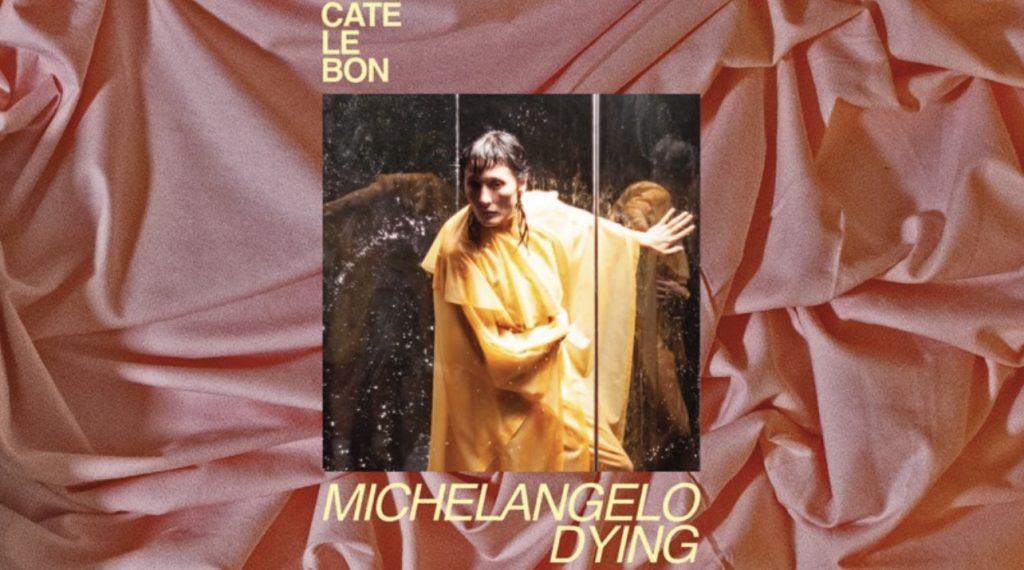GENRE: Rock
LABEL: Mexican Summer
REVIEWED: 30 September, 2025
RATING: 8.0/10
Michelangelo Dying, Cate Le Bon’s seventh studio album (released September 26, 2025 via Mexican Summer), marks one of her most emotionally transparent works. It stems from the end of a long-term relationship, and Le Bon’s return to her roots in Wales (Cardiff) after time spent in California (Joshua Tree, Los Angeles) underpins the record’s themes of heartbreak, grief, and self-rediscovery. While she is often known for abstraction and experimental art-pop stylings, here she leans into vulnerability in ways that are both tender and jagged.
Musically, Michelangelo Dying weaves together ambient synths, textured basslines, saxophones, and layered percussion to build atmospheric, neo-psychedelic soundscapes. Le Bon’s voice—previously more obscured in sonic mist—is more present, more intimate, yet retains her signature enigmatic timbre: often calm and poised, occasionally shifting into haunting falsetto or emotional grit. The production, co-helmed with Samur Khouja, also gives the album cohesion: despite moods of melancholy and unpredictability, there’s a consistency in the texture and atmosphere that lets each musical layer breathe.
Critics and listeners have pointed out several high points. “Heaven Is No Feeling” comes up frequently as a song that pierces through with emotional honesty and sonic ambition. Also noted are “Mother of Riches,” which balances memorable melody and lush instrumentation, and “Ride” featuring John Cale, which gives darker contour and contrast. The closing track “I Know What’s Nice” also earns praise as a powerful summation an emotional apex that holds light and pain.
While overwhelmingly well‐received (Metacritic currently lists Michelangelo Dying as achieving “universal acclaim” with a high critic score) the album is not without criticism. Some listeners note a degree of sameness in pacing: many tracks dwell in slow to mid tempos, leaning into moodiness and texture rather than dynamic contrast. For certain fans, that’s exactly the appeal; for others, it may require patience and repeated listens to unlock the depth. The lyrical abstraction that Le Bon often uses may frustrate those seeking more literal storytelling.
In sum, Michelangelo Dying is a compelling album that shows Cate Le Bon at perhaps her most human: facing the aftermath of love, probing memory and identity, and building music that both comforts and unsettles. It confirms her place as one of modern art-pop’s most distinctive creators, offering an album that rewards close listening, mood, and emotional honesty.





